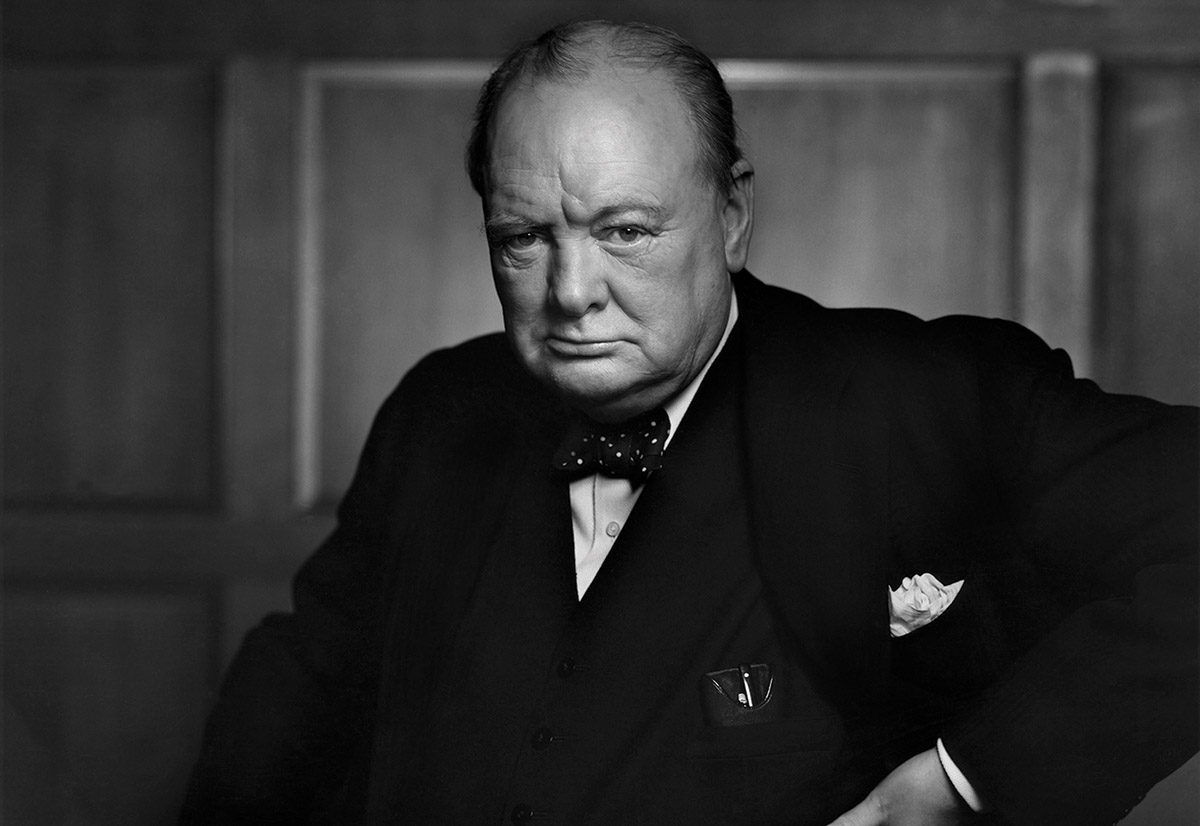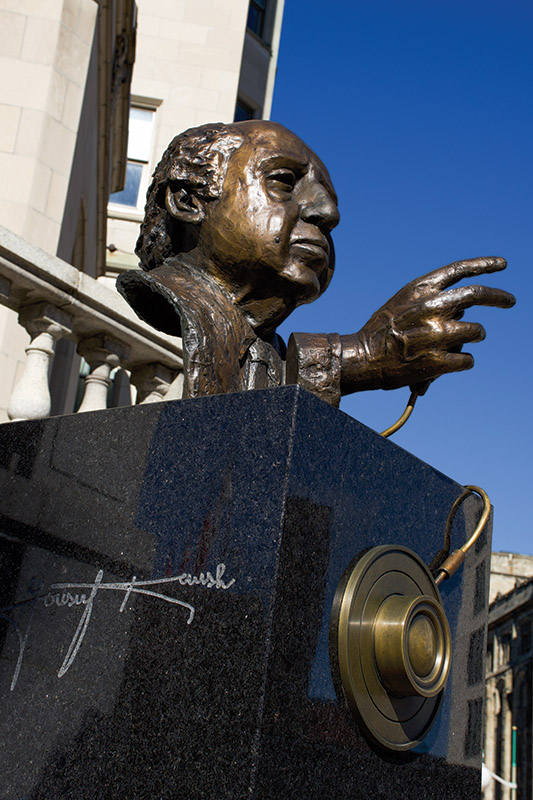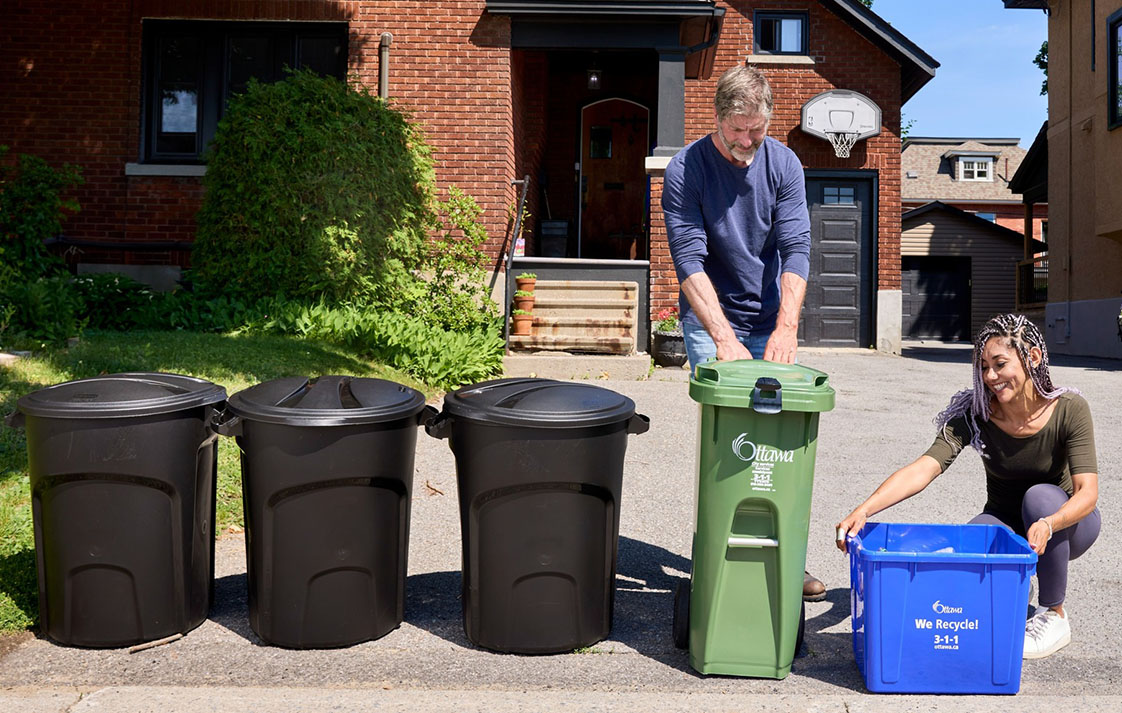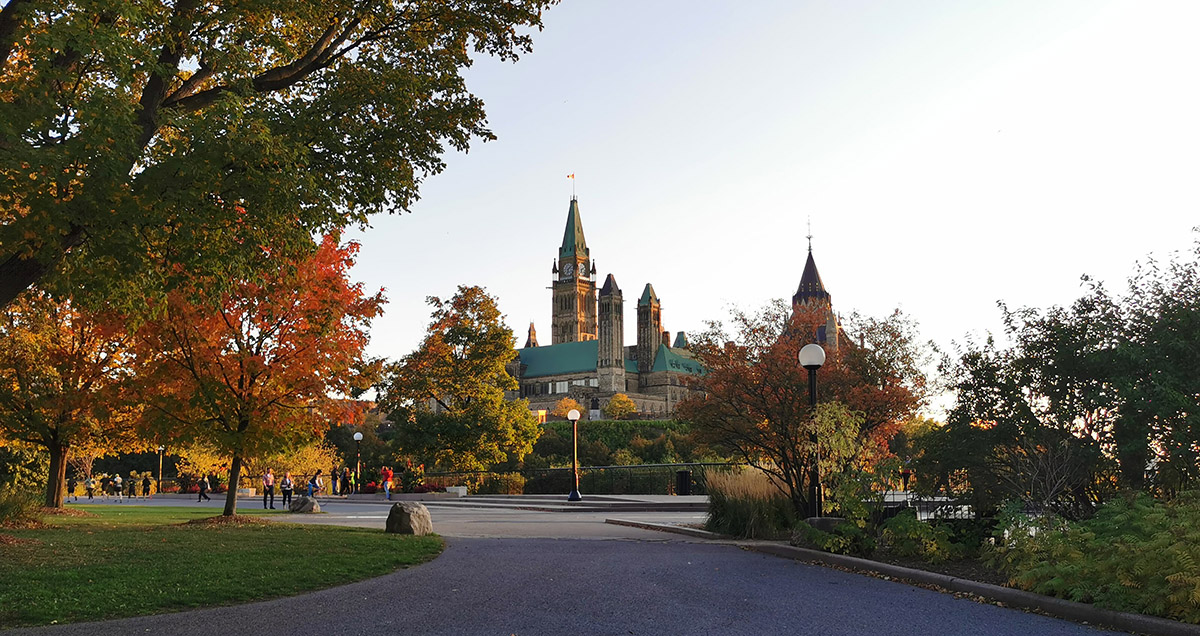
The Anniversary of the ‘Roaring Lion’ Portrait
It’s easy for pedestrians on Wellington Street to journey from the Château Laurier past the Parliament Buildings blissfully unaware of the direct connection between the two edifices and the most iconic photograph of the 20th century.
On December 30, 1941 Ottawa photographer Yousuf Karsh captured the wartime spirit of Sir Winston Churchill in his ‘Roaring Lion’ photo – a photo that was to be given credit for inspiring the Allied efforts in WWII in defeating the fascist threat.
How was it that British prime minister ended up in Ottawa two days before the New Year, 1942? Churchill was in Canada, having just visited Washington weeks after the attack on Pearl Harbour. Ever the master orator, Churchill had been in North America to ensure U.S. support for the United Kingdom war effort and he was burning to reply to French General/Collaborator Marshall Pétain who had said that ‘in three weeks England will have her neck wrung like a chicken”.
In a 22-page speech before a joint session of the Senate and the House of Commons, Churchill derided these predictions although only four words, his famous ‘some chicken, some neck’ is how history has summed up his reply.
The United Kingdom was now more confident of victory thanks to the continued support from Commonwealth countries, the Soviet Union and the United States. And Churchill, the master of public speaking and public relations (the whole speech was filmed) was no doubt in a jubilant mood, his speech having been constantly interrupted by applause and cheering.
Enjoying a scotch and cigar in the Speaker’s Chambers after his speech, Churchill was unprepared for his encounter with young photographer Karsh. But not Karsh.
He’d painstakingly prepared his camera and lighting in an adjacent room. Ottawa Churchill scholar Cohen explains that “Karsh, to his immense credit, felt his mood wasn’t right to portray this lion of the west”. He wanted a Churchill sans cigar.
The ever-polite Karsh offered Churchill an ashtray, and when that didn’t work, plucked the cigar from Churchill’s mouth, saying “Forgive me, sir”.
“By the time I got back to my camera,” Karsh remembered, “he looked so belligerent he could have devoured me”.
Churchill said, “you could even make a roaring lion stand still to be photographed!” (See Annex 1)
So how did the almost penniless Armenian refugee end up as an internationally known photographer in Ottawa?
Karsh was truly a child of the 20th century, living in every decade. He was an Armenian refugee from Syria, where his family fled after the Armenian genocide in Turkey.
As a teenager, he moved to Sherbrooke, Québec, and lived with his photographer uncle. He learned the craft of photography and then went to Boston to apprentice under the Armenian photographer John Garo.
Karsh moved to Ottawa, hoping to photograph its leading figures, both local and international. During World War II, he took pictures of servicemen as a gift, as a keepsake for families, should something happen to their loved one.
Mrs. Estrellita Karsh (Karsh’s widow), remembers years later, when the couple lived in the Chateau Laurier that often “a lady would come up to us and she’d take a picture out of her wallet of a young man in a Canadian uniform he’d photographed, and say, ‘this was my husband, my son, my nephew, I cherish this picture’”.
Karsh became involved with the Ottawa Little Theatre, where he used artificial lighting for the first time.
Part of his secret was putting his subjects at ease, often getting to know them the day before a sitting, discovering their personalities in the hope of portraying that on film.
The Château Laurier has just renovated (for the second time since 1998) the room that Karsh and his wife Estrellita lived in from 1980 until 1998. Yes, they lived in the hotel for those 18 years and used another room on the sixth floor as a studio.
Visitors pay a premium price to stay at this private gallery/hotel suite containing Karsh masterpieces. Mrs. Karsh chose the photos that the couple donated to the hotel, most of which are in the Karsh suite. Think Ernest Hemmingway, Pablo Picasso, Barbara Ann Scott and Karen Kain.

Other original Karsh masterpieces are on display for all to see in the reading lounge of the hotel off the main lobby. (Editors note: In 2022, a brazen thief replaced the original Karsh photograph with a reproduction. The hotel removed the remaining portraits from the lounge area but has plans to redisplay them.) These include portraits of Albert Einstein, Jean-Paul Riopelle, Georgia O’Keefe, Stephen Leacock and of course, the Sir Winston Churchill one.
Just as his people skills helped Karsh gain the confidence of well-known personalities, his kind way of dealing with people helped him when he was more famous than those he was to photograph.
As Mrs. Estrellita Karsh recalls, “when we lived at the Château, Mr. Karsh would walk on Parliament Hill, and people would inevitably stop him. He would take his felt hat off, and say, ‘Give me the pleasure of your name.’” “Then he’d return home, excited, explaining that he’d ‘met this person, she works at Parliament.’ Someone would always stop him and he was always happy to talk to anybody”.
The Churchill portrait taken 80 years ago, on December 30, 1941, a huge break, by any standard. As Mrs. Estrellita Karsh puts it, that the portrait was a ‘gift of history’.
And if you weren’t aware that the Churchill photo was taken in Ottawa, you’re in good company. When then-British prime minister Tony Blair visited Ottawa to address Parliament in 2001, he learned the photo of Churchill had been taken in the very room behind where he was about to speak. He changed his speech to make mention of it!
ANNEX 1: After the historic Churchill photo, the doors of the world opened to Karsh. He travelled to England during WWII and photographed notables, including the Archbishop of Canterbury, George Bernard Shaw and members of the Royal Family. You may have had a copy of a Karsh original in your pocket – Karsh took portraits of Queen Elizabeth II that were used for official purposes like postage stamps and currency.
Header image: A cropped version of Yousuf Karsh’s 1941 portrait of British Prime Minister Winston Churchill.









